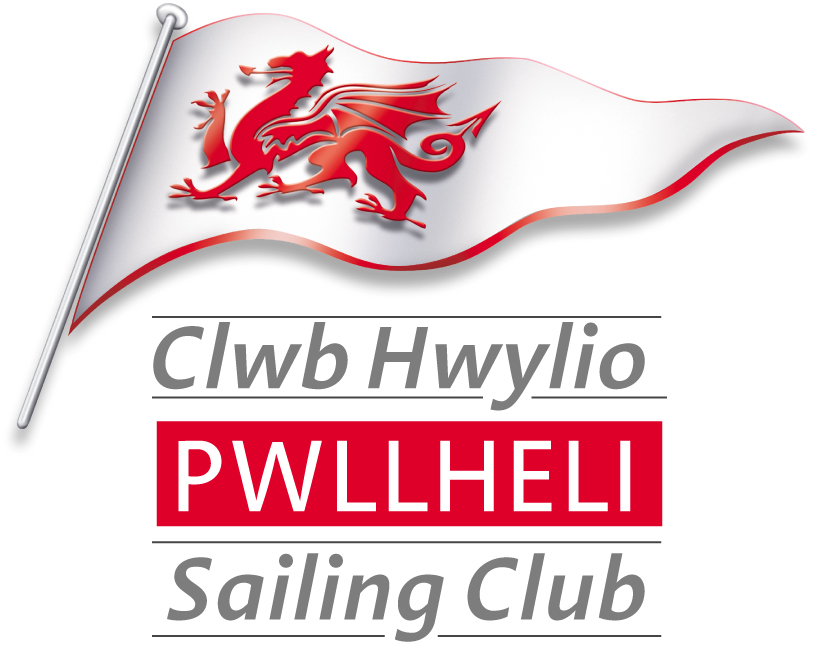Laser Qualifier
Date 4+5 May 2013

Anticipate 120 - 180 boats
The International Laser Class sailboat is a popular one-design class of small sailing dinghy. The design, by Bruce Kirby, emphasizes simplicity and performance.
The dinghy is now manufactured by Laser Performance.
The Laser is one of the most popular single-handed dinghies in the world. As of 2011, there are more than 250,000 boats worldwide. A commonly cited reason for its popularity is that it is robust, simple to rig and sail. The Laser also provides very competitive racing due to the very tight class association controls which eliminate differences in hull, sails and equipment.
The term "Laser" is often used to refer to the Laser Standard (the largest of the sail plan rigs available for the Laser hull). However there are two other sail plan rigs available for the Laser Standard hull. The Laser Standard, Laser Radial and Laser 4.7 are three types of 'Laser' administered by the International Laser Class Association.
As a one-design class of sailboat, all Lasers are built to the same specifications. The hull is 4.23 metres (13 ft 10.5 in) long, with a waterline length of 3.81 m (12.5 ft). The hull weight is 56.7 kg (130 lb). The Laser Standard sail has sail area of 7.06 m² (76 ft²) and, especially in higher winds (15 knots and over), is most competitive when sailed by a very fit, agile and muscular person weighing no less than 80 kg (175 lb).
The boat's history began with a phone call between Canadians Bruce Kirby and Ian Bruce. While discussing the possibility of a car-topped dinghy (a boat small enough to be carried on a roof rack of a typical car) for a line of camping equipment, Bruce Kirby sketched what would be known as "the million dollar doodle". The plans stayed with Kirby until 1970 when One Design and Offshore Yachtsman magazine held a regatta for boats under $1000, called "America's Teacup". After a few sail modifications, the Laser easily won its class.
The prototype was originally named the "Weekender"; the sail held the letters TGIF, a common American abbreviation for "Thank God it's Friday". It was renamed Laser (after the scientific mechanism) and officially unveiled at the New York Boat Show in 1971. The Laser became a men's Olympic-class boat at the 1996 Summer Olympics in Atlanta, and a special Olympic edition of the boat was released that year in commemoration. A version with a smaller sail, the Laser Radial (see below), was first sailed as a women's Olympic-class boat at the 2008 Summer Olympics.
The first world championship was held in 1974 in Bermuda. Entrants came from 24 countries, and first place was won by Peter Commette from the United States. Arguably the greatest champion of the Laser Class is Robert Scheidt (nickname "El Demolidor") from Brazil; he won the world championship eight times and won two gold and one silver Olympic medals.
Laser Radial
In Europe the smaller Radial sail has surpassed the original Laser Standard sail in popularity, and replaced the Europe Dinghy as the Women's Singlehanded Dinghy for the 2008 Olympics. The Radial uses the same hull and fittings as the Laser Standard, but has a smaller sail, shorter lower mast section and has a different cut of sail to that of the standard or 4.7. Optimal weight for this rig is 121 to 159 lb (55 to 72 kg).
Laser 4.7
A smaller sail plan for the Laser was developed about a decade later. The sail area was reduced by 35% from the Standard with a shorter pre-bent bottom mast section, allowing even lighter sailors to sail. The same formula as the Radial is kept. The hull is the same as the Standard and Radial. Optimal weight for this rig is 110–120 lb (50–55 kg), thus becoming an ideal boat for young sailors moving from the Optimist, this is better for people who are too big for an Optimist and too light for a normal Laser.
 Cymraeg
Cymraeg 
